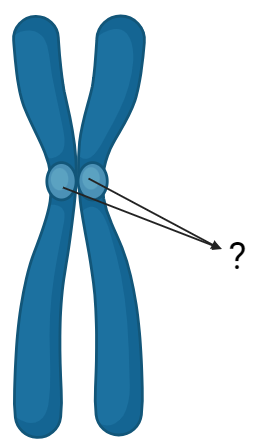Cell the Unit of Life MCQs: All living things have one thing in common: their building blocks. Either unicellular or multicellular, all organisms are formed of cells. Thus, knowing a cell and its functions is important. Cell: The Unit of Life, a chapter in the NCERT Class 11 Biology textbook This chapter belongs to Unit 3, Cell: Structure and Function.
Read: CBSE Class 11 Biology Important MCQs
In this article, we have provided ten MCQs to help students understand Cell: The Unit of Life. It will make it easier for students to know what possible questions can be asked from Chapter 8 of the NCERT Class 11 Biology textbooks. You can not only read and get answers to all the MCQs, but you can also download them in PDF format. Read this complete article to test your knowledge.
Read: CBSE Class 11 NCERT Revised Content 2023-24
| Class 11 Biology Revised Syllabus 2023–2024 |
Cell the Unit of Life Class 11 MCQs
1. Who discovered the cell membrane?
a) Theodore Schwann
b) Schleiden and Schwann
c) Robert Hooke
d) None of the above
2. Who gave the cell theory?
a) Theodore Schwann
b) Matthias Schleiden
c) Both a and b
d) None of the above
3. Who explained that new cells are formed from pre-existing cells?
a) a) Theodore Schwann
b) Schleiden and Schwann
c) Robert Hooke
d) Rudolf Virchow
4. Which of the following is not a cell organelle?
a) Ribosome
b) Mitochondria
c) Endoplasmic reticulum
d) Deoxyribonucleic acid
5. The smallest cells are
a) Bacteria
b) Protozoa
c) Mycoplasmas
d) Euglena
6. Which of the following is non-membrane-bound cell organelle?
a) Ribosomes
b) Nucleus
c) Endoplasmic reticulum
d) Mitochondria
7. The centrally located microtubule array in the axoneme is
a) 9+1
b) 9+2
c) 9+0
d) 9+2+1
8. Nucleus as a cell organelle was first described by
a) Robert Brown
b) Theodore Schwann
c) Schleiden and Schwann
d) Robert Hooke
9. Identify the labelled part
a) Centromere
b) Centrosome
c) Centriole
d) Kinetochore
10. Sometimes a few chromosomes have non-staining secondary constrictions at a constant location. This gives the appearance of a small fragment called the _______.
a) Microsatellite
b) Satellite
c) telocentric
d) acrocentric
Answer Key
a) Theodore Schwann
c) Both a and b
d) Rudolf Virchow
d) Deoxyribonucleic acid
c) Mycoplasmas
a) Ribosomes
b) 9+2
a) Robert Brown
d) Kinetochore
b) Satellite

Comments
All Comments (0)
Join the conversation